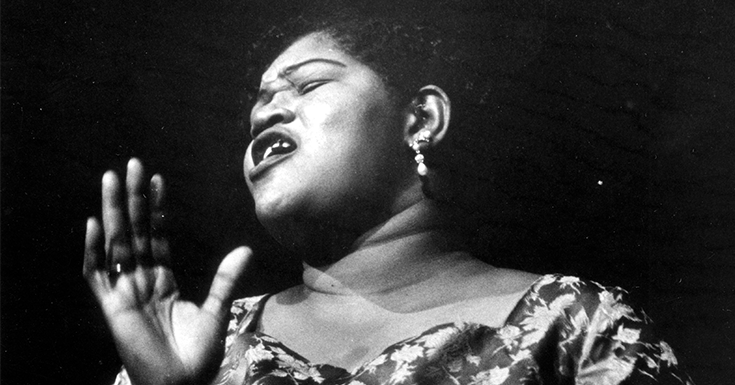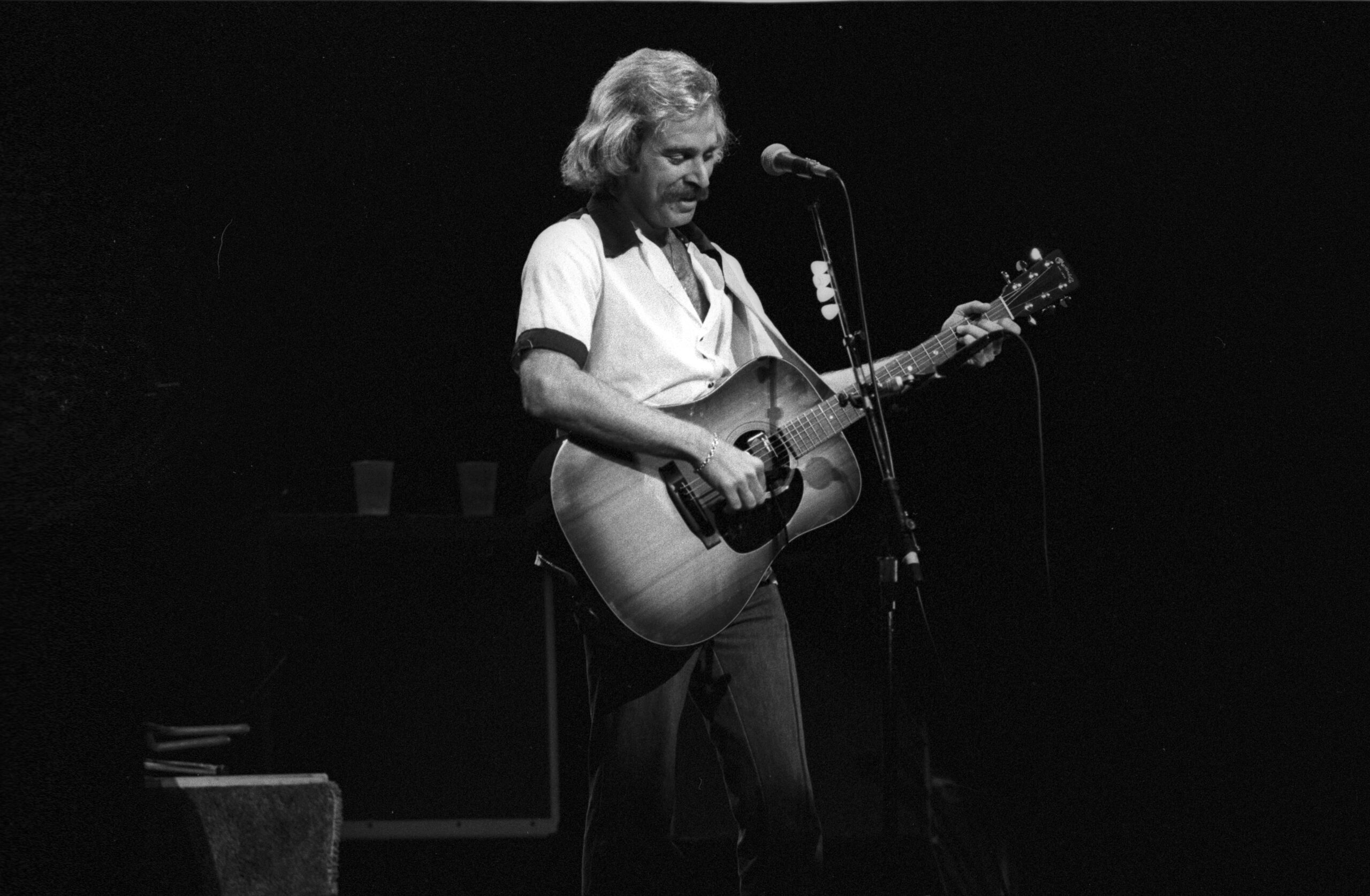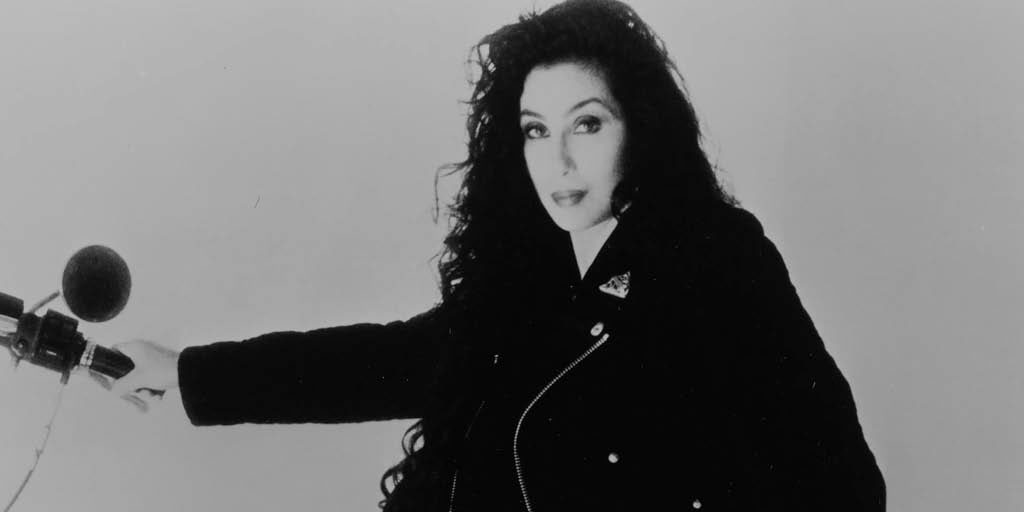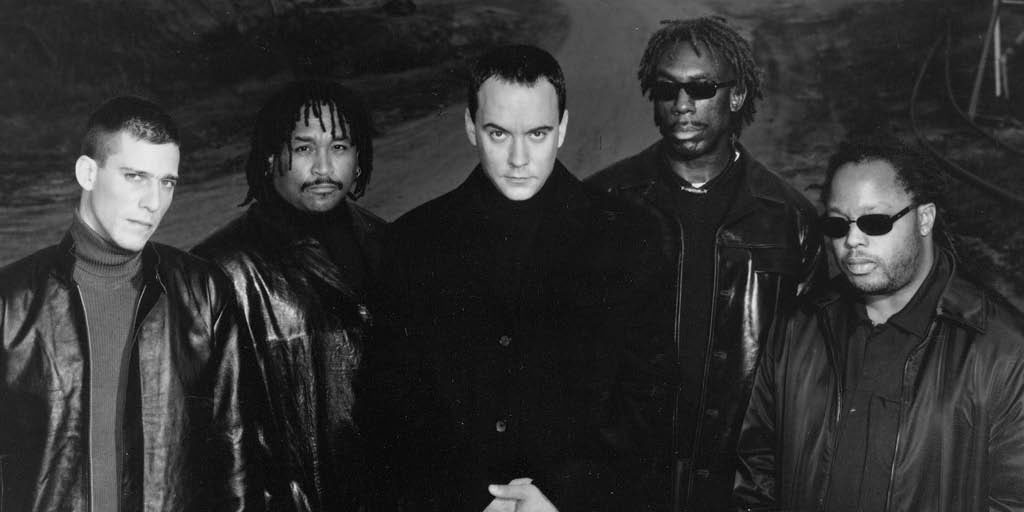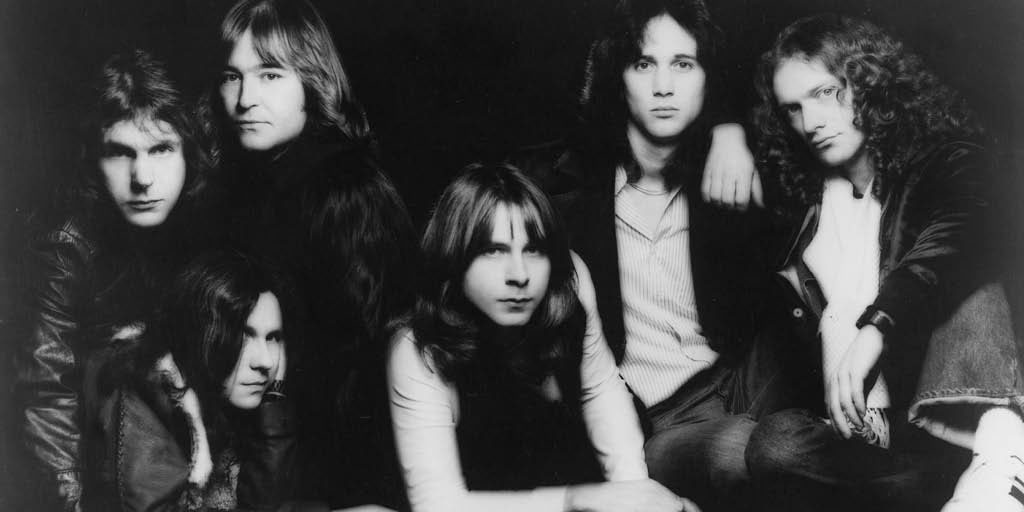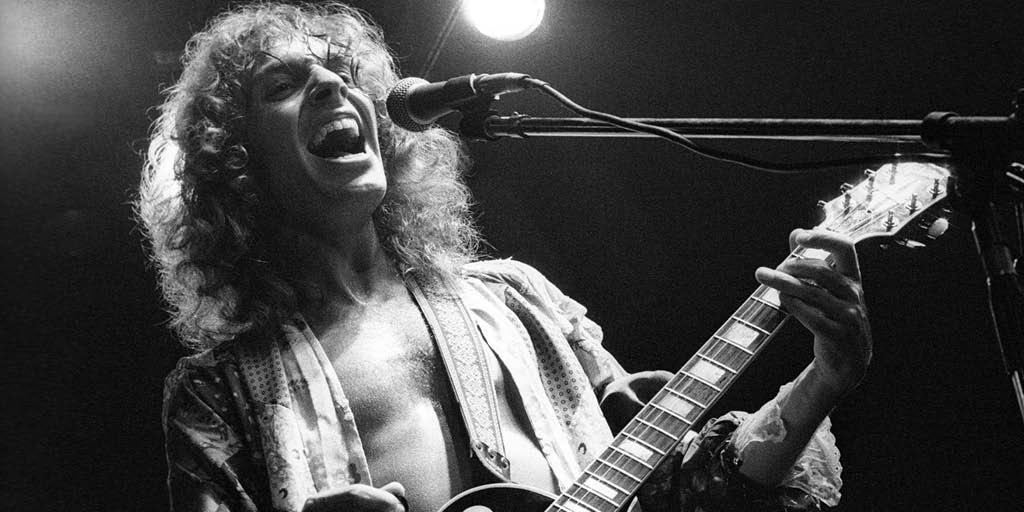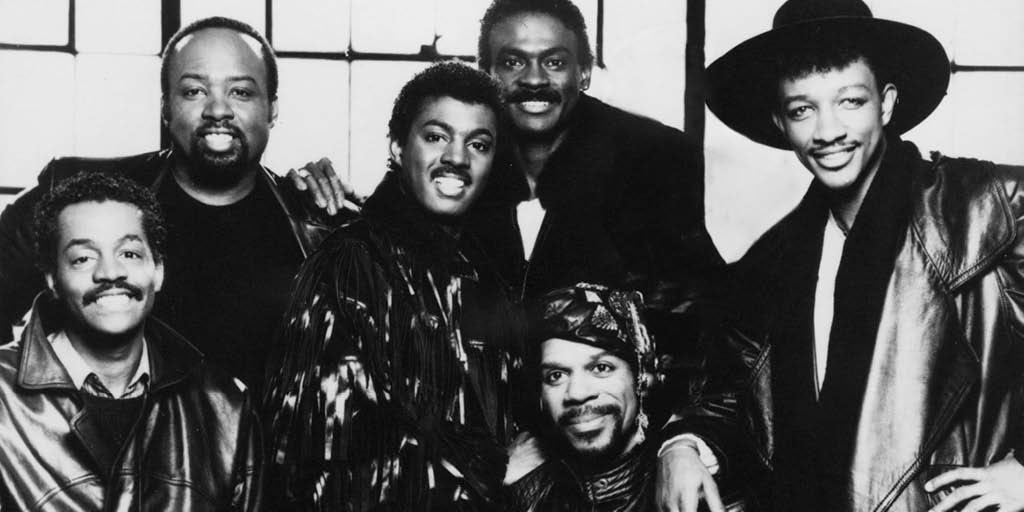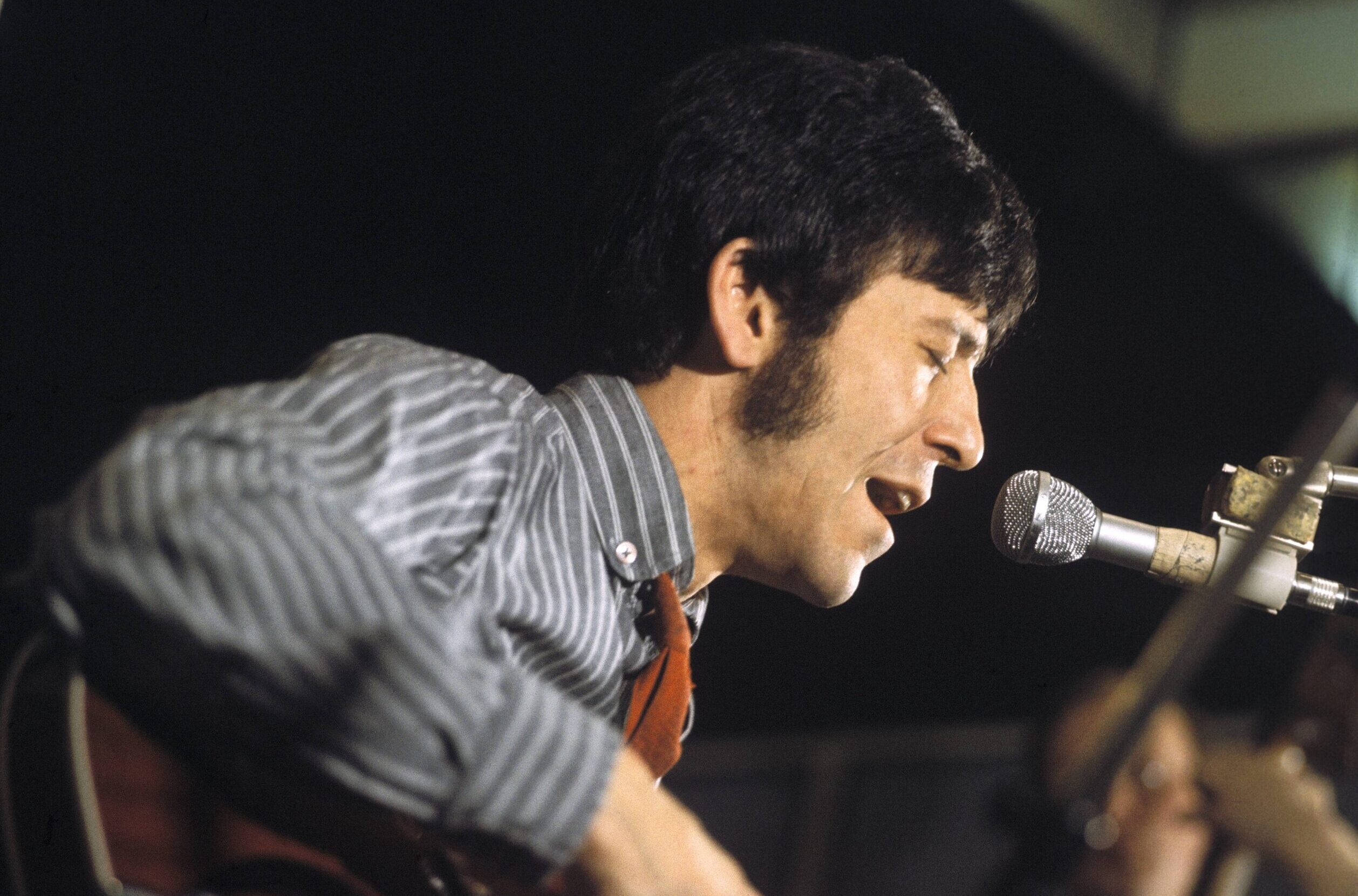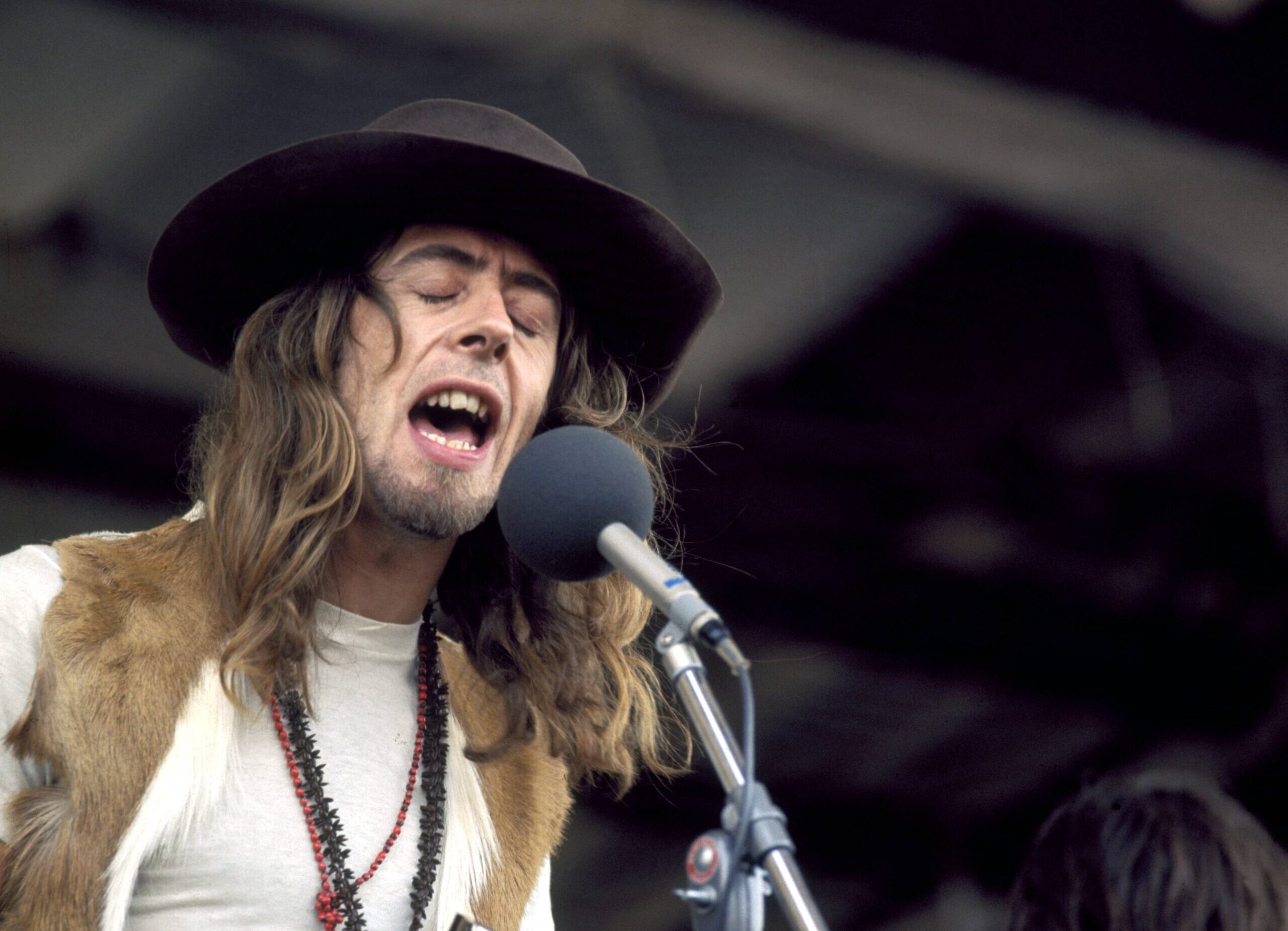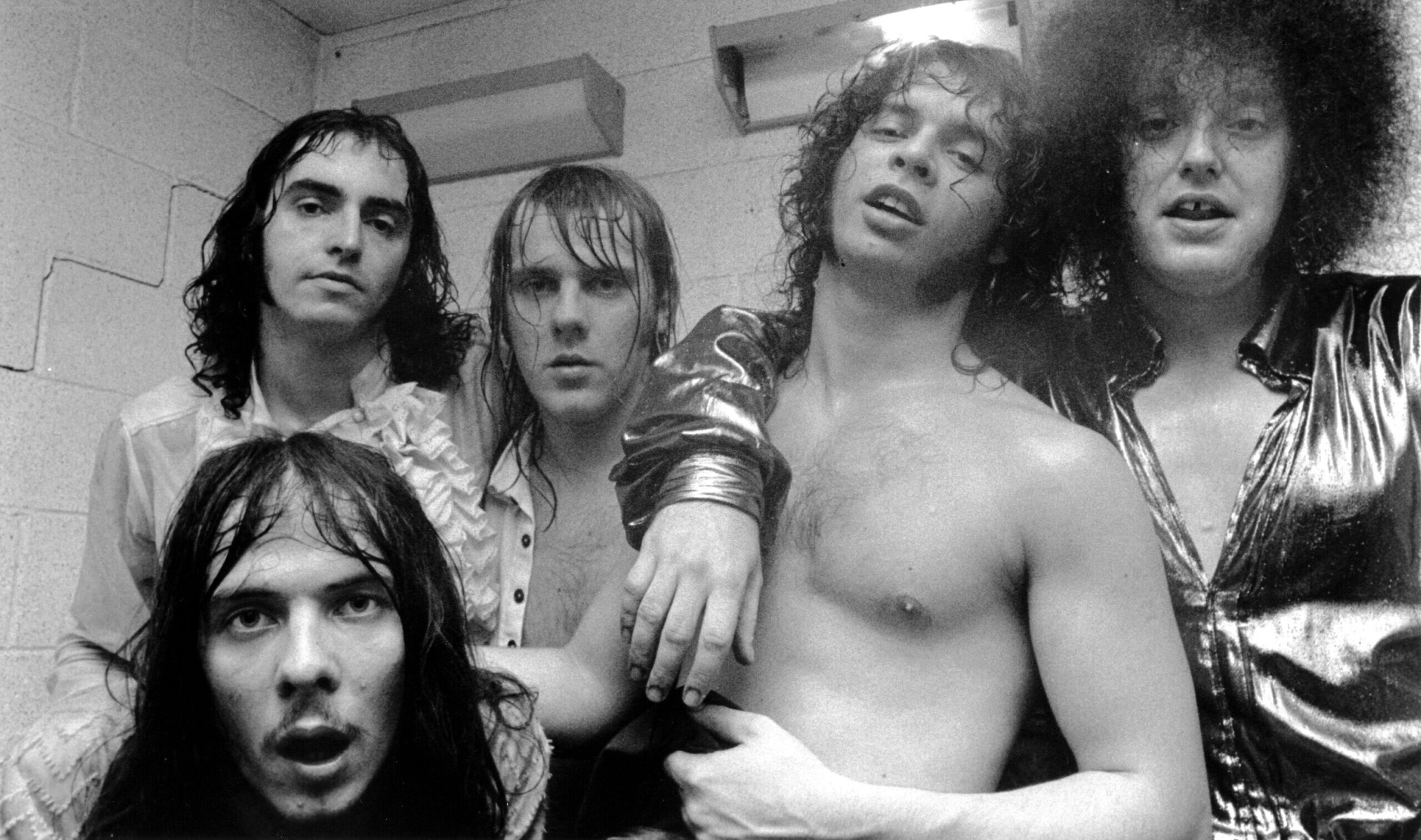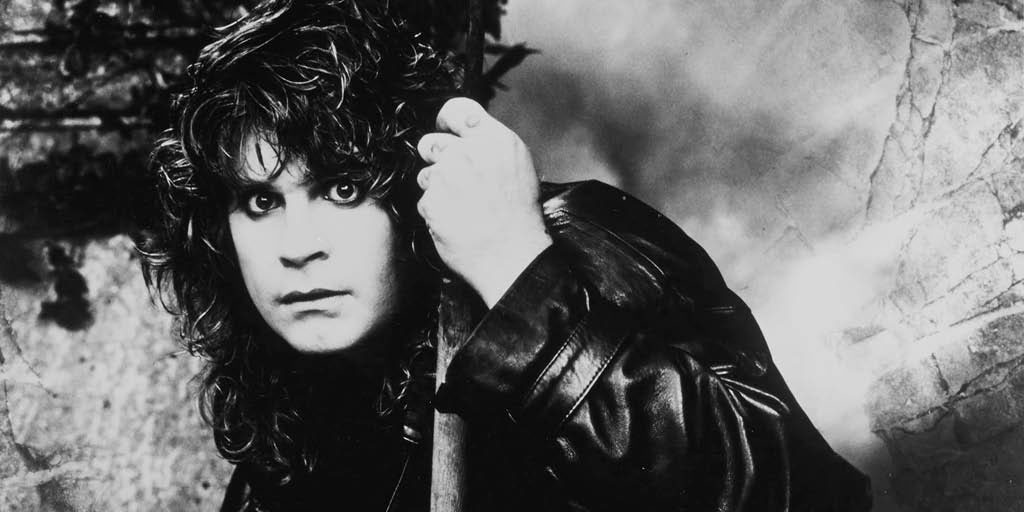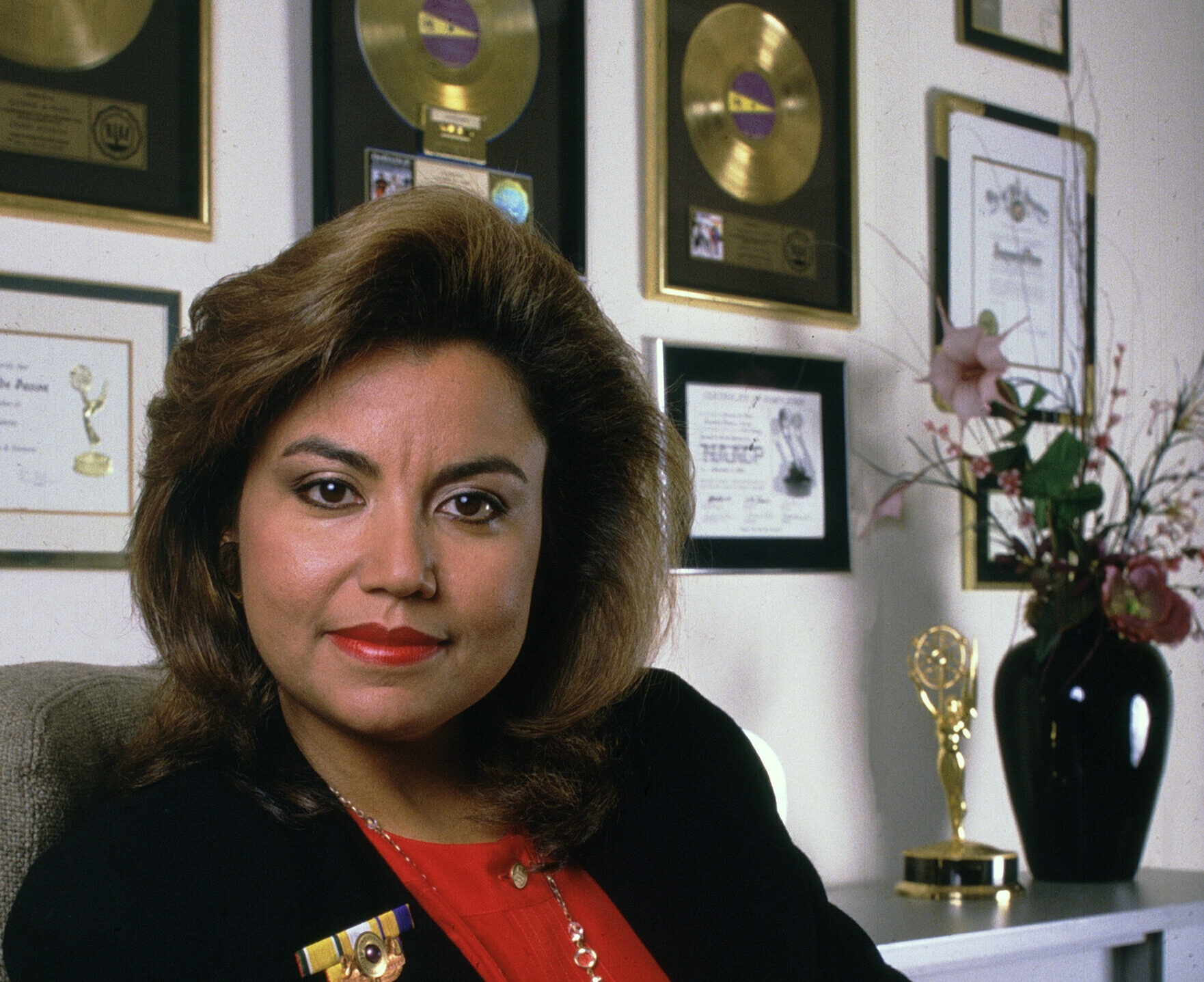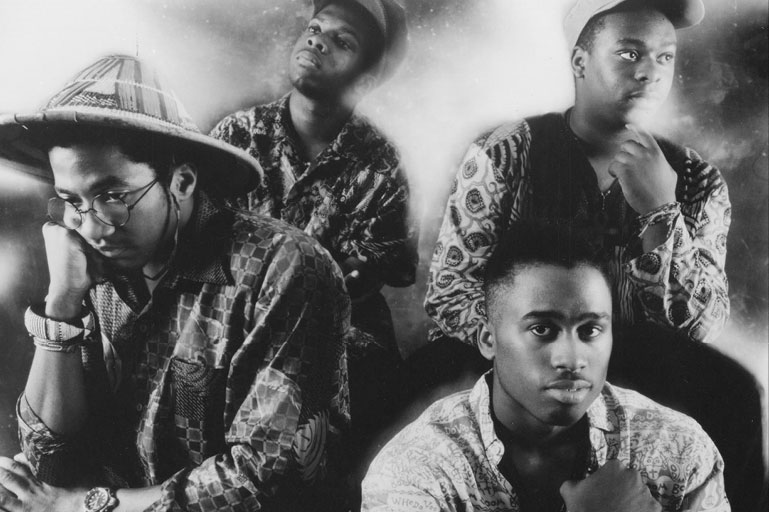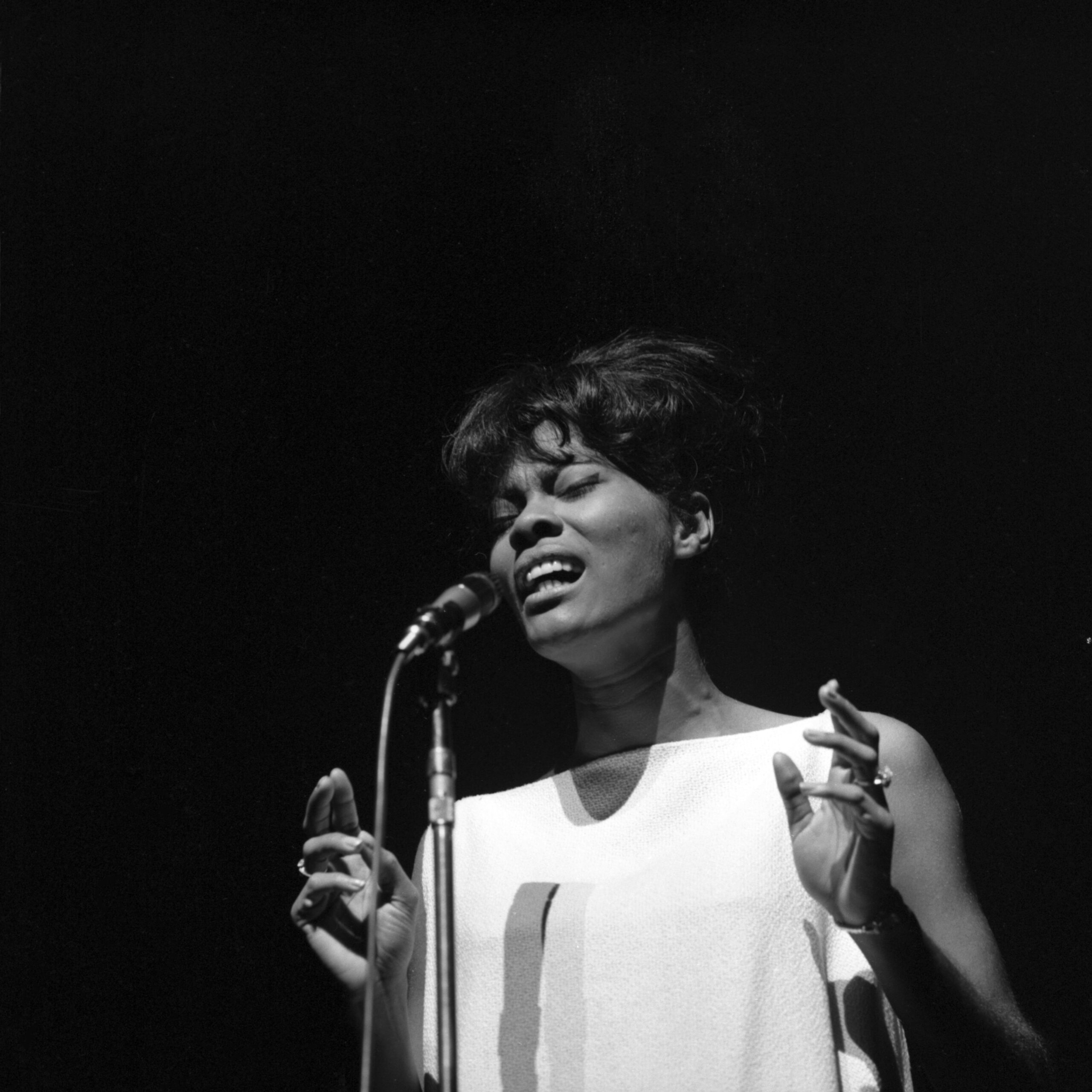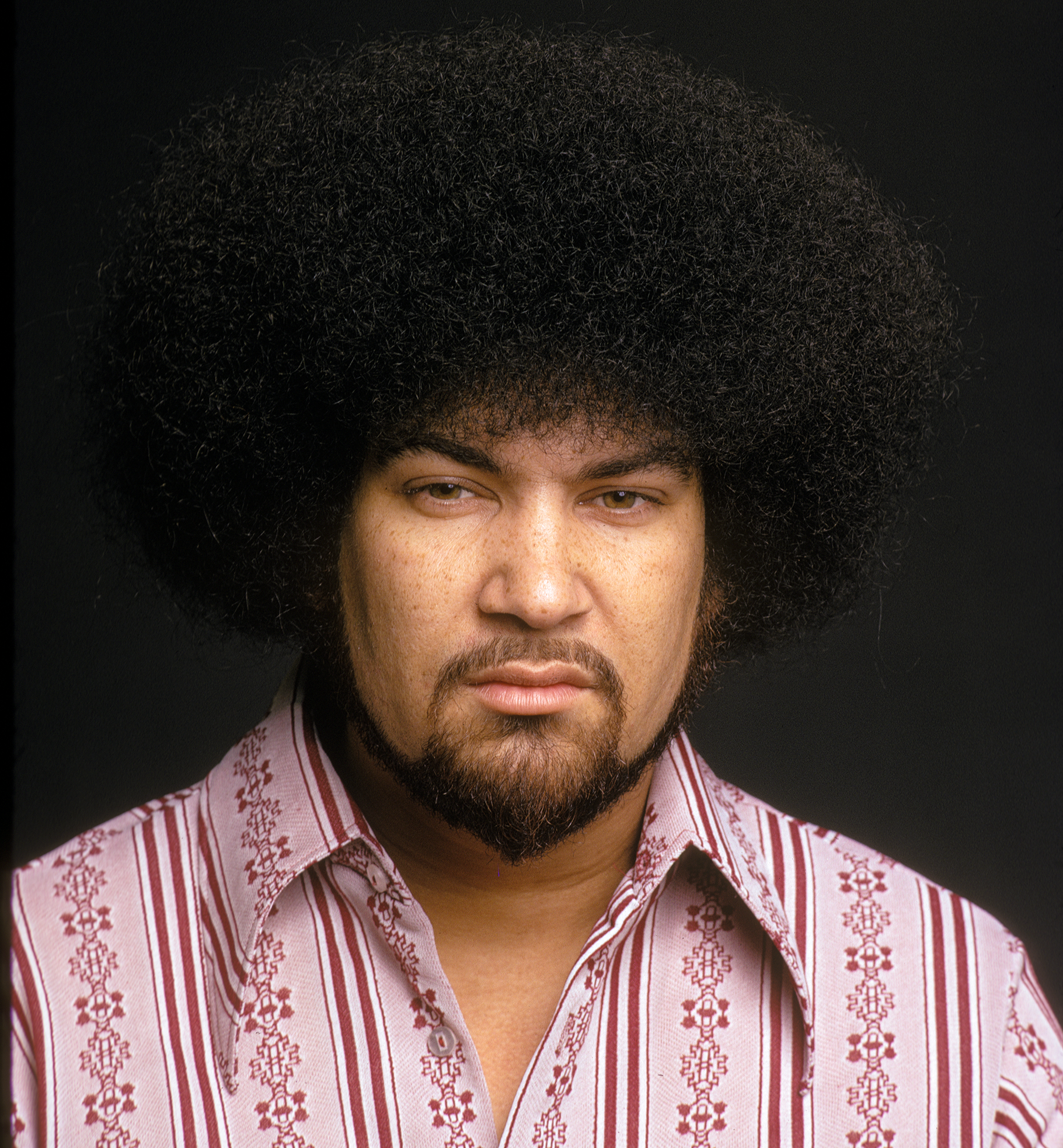Big Mama Thornton bridged the gap between the blues and rock & roll with her brilliant vocal performances on songs like “Hound Dog” and “Ball N’ Chain.”
Larger-than-life, opinionated, and a vocal powerhouse and multi-instrumentalist with rock & roll swagger, Big Mama Thornton bridged the gap between the blues and rock & roll with her brilliant vocal performances on songs like “Hound Dog” and “Ball N’ Chain.”
Willie Mae “Big Mama” Thornton was discovered at 14, soon after her mother’s death, while cleaning spittoons in Montgomery, Alabama. She spent several years performing across the Southern United States on the Chitlin’ Circuit, where she was dubbed the “New Bessie Smith.” In 1952, Thornton recorded her biggest hit, “Hound Dog.” Inspired by her six-foot large frame, razor scarred face, and the deep, gritty texture of her voice, songwriters Jerry Lieber and Mike Stoller immediately wanted to write a song for her. The ensuing growl, gravel, and howl of Thornton’s performance changed the rock & roll landscape forever. Thornton’s “Hound Dog,” with its lyrical double entrendres, was one of the first recorded overtly sexual songs told from the female perspective, and it went on to sell over 500,000 copies and hold the No. 1 spot on the Billboard R&B chart for seven weeks – three years before Elvis Presley put his mark on it. Thornton also wrote “Ball and Chain,” which Janis Joplin and Big Brother and the Holding Company made famous in 1968.
Thornton’s live performances were legendary. Standing just as tall – if not towering over – the men with whom she shared the stage, Thornton not only sang harder than her male contemporaries, she reportedly also outperformed and outdrank them nightly. As for her female contemporaries – Thornton not only refused to conform to traditional femininity – she simply overpowered them, seeming to sing and groan from the depths of the collective grief of the African American experience (“Go Down Moses”). Thornton was also an accomplished harmonica player (“Down-Home Shake-Down”), and when not singing or wailing on the blues harp, she would hop behind the drumkit or work her way around the stage, jamming on each instrument. Promoters quickly learned she was a headliner – you didn’t bring anyone on after “Big Mama.” Sidemen, both black and white, were honored to back her up, and she was a respected colleague of Muddy Waters, John Lee Hooker, Howlin’ Wolf, Buddy Guy, B.B. King, and many others.
“Partnership Blues” (1951) • “Hound Dog” (1952) • “Yes, Baby” (1953) • “I Smell a Rat” (1954) • “Black Rat,” Big Mama Thornton With the Muddy Waters Blues Band (1966) • “Down-Home Shake-Down,” Big Mama Thornton – In Europe (1966) • “Ball N’ Chain,” “Wade In the Water,” Ball N’ Chain (1968) • Stronger Than Dirt (1969) • “Go Down Moses,” Saved (1971) • “Jail,” Jail (Live) (1975)

